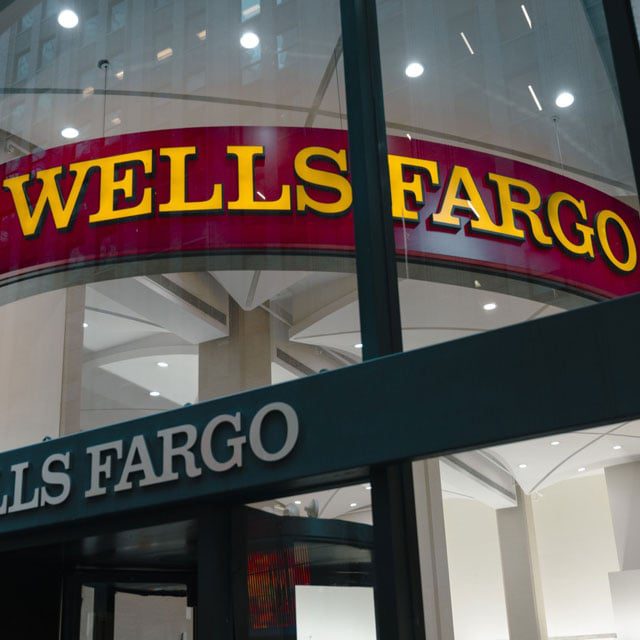Falling Rates Aren't as Bad as Feared for Wells Fargo, JPMorgan

What You Need to Know
The banks’ shares rose Friday after they reported quarterly earnings that included upbeat results in investment banking and capital markets.
There’s one group inside the banks that have been patiently awaiting the arrival of lower interest rates: dealmakers.
For months, investors had been worried that the Federal Reserve’s effort to engineer a soft landing for the U.S. economy would spell trouble for the earnings of big U.S. banks.
It turns out, things aren’t as bad as they feared.
JPMorgan Chase & Co. churned out a surprise increase in net interest income — a key metric that shows the difference between what banks collect on loans and what they pay out to depositors.
At Wells Fargo & Co., NII slumped 11% in the third quarter to $11.7 billion — its seventh quarterly decline — but it’s expecting that drop to be less steep in the final three months of the year.
“We believe we are close to the trough,” Chief Financial Officer Michael Santomassimo said on a conference call with analysts.
For years, persistently high interest rates have buoyed lenders’ net interest income, handing the industry record profits. That had investors worried that when the Federal Reserve began to cut rates, it would start to sap profits, hindering banks from doling out billions in dividends or doing share buybacks.
On Friday, though, they chose to focus on the bright spots. Shares of JPMorgan soared after the bank’s executives said a looming drop in net interest income could be over by the middle of next year.
Wells Fargo shares also jumped as the bank booked a $477 million loss to set up its bond book to better benefit from changes in the interest rate environment.
“We do see a pretty clear picture of sequential declines” of net interest income, JPMorgan Chief Financial Officer Jeremy Barnum said on a conference call with analysts, noting the metric could trough in the middle of 2025. “We’re guessing. It’s pretty far out in the future.”
He also struck a more positive note on consumer health, which he said remains stable, and the corporate segment — which he said is benefiting from a “Goldilocks economic situation.”
In Wells Fargo’s case, part of the reason the bank believes the drops in net interest income will soon moderate is that lower interest rates will reduce some of the pressure it’s been under to pay out more to depositors.




